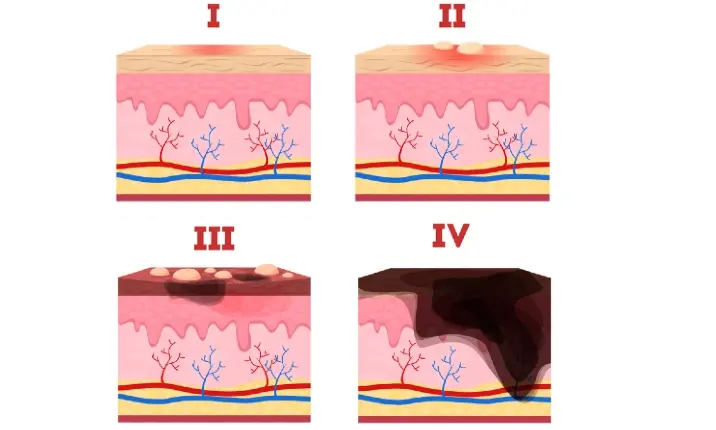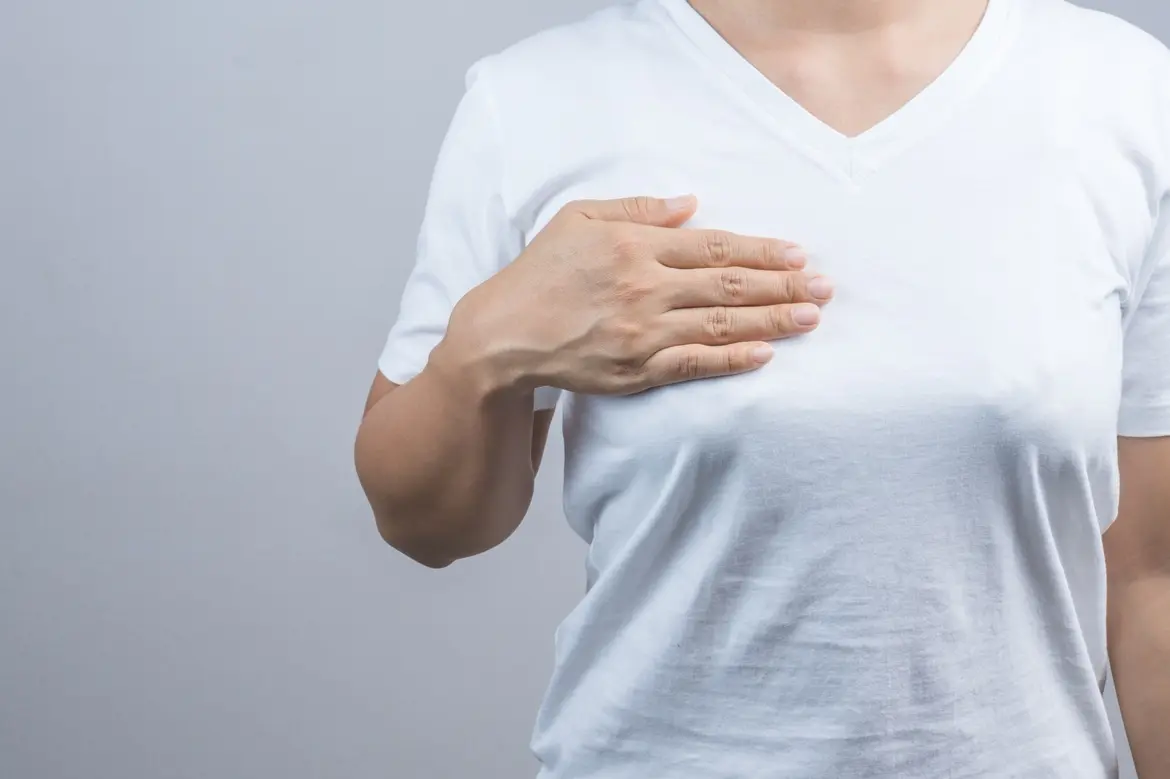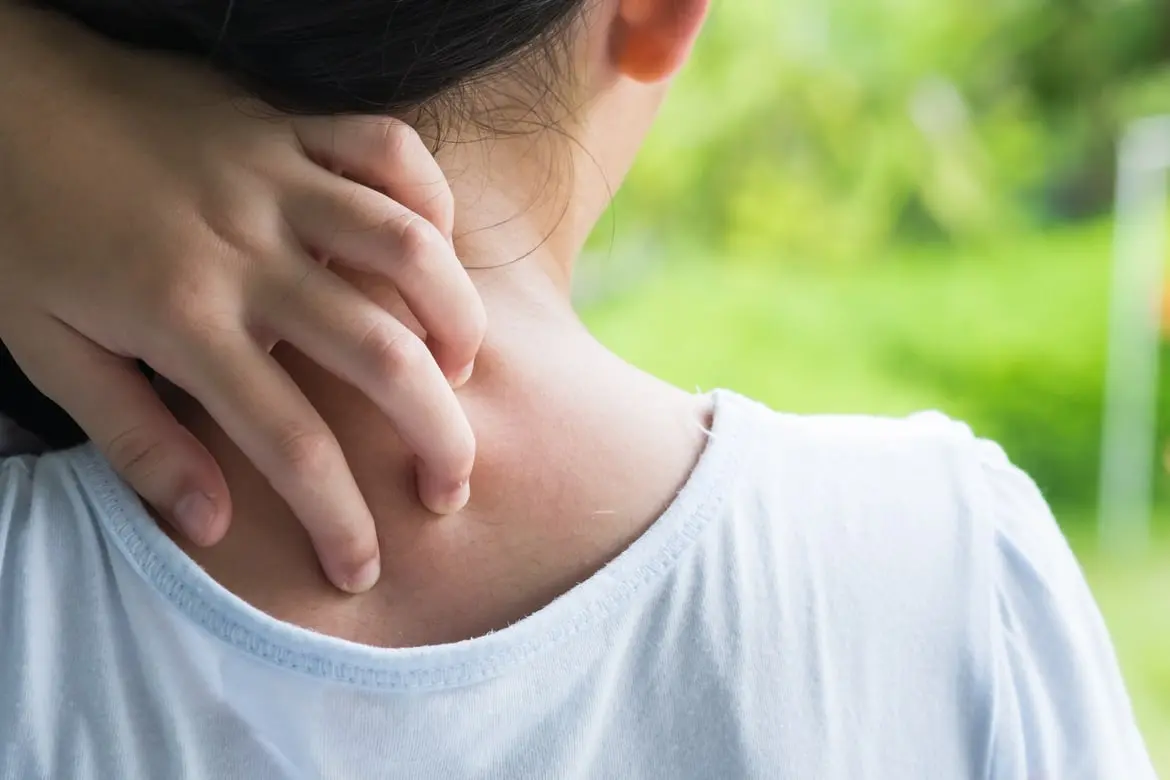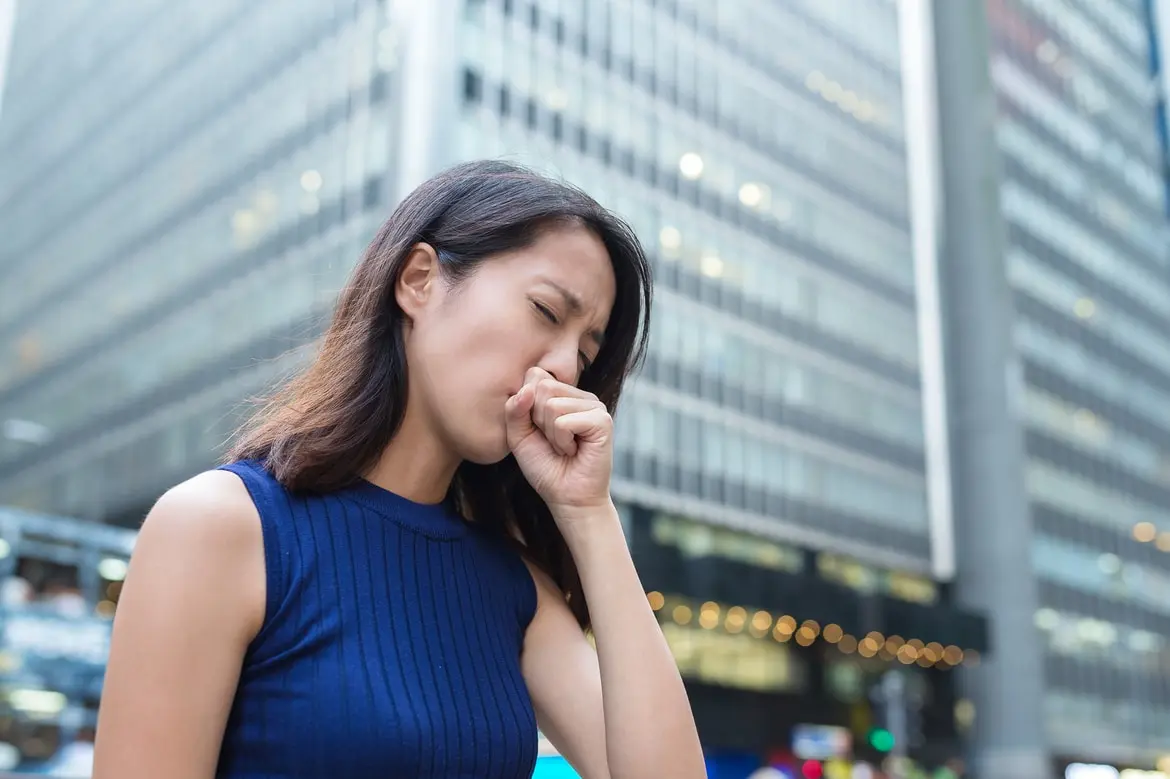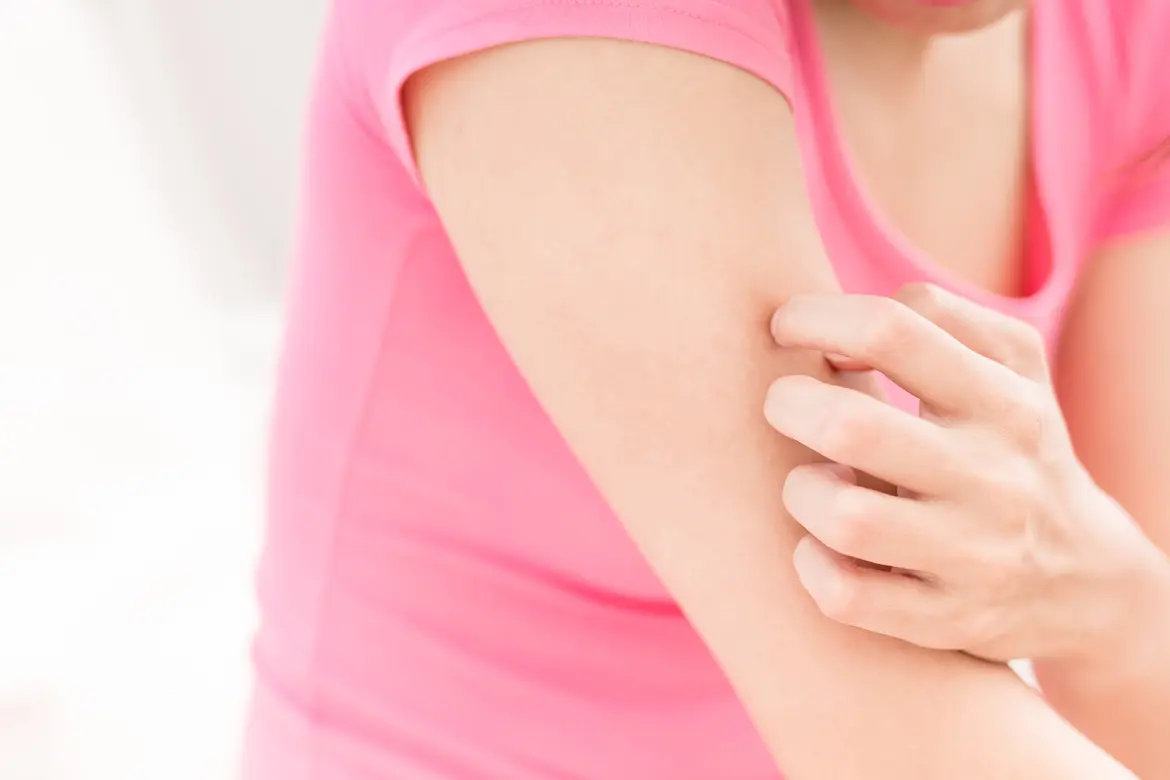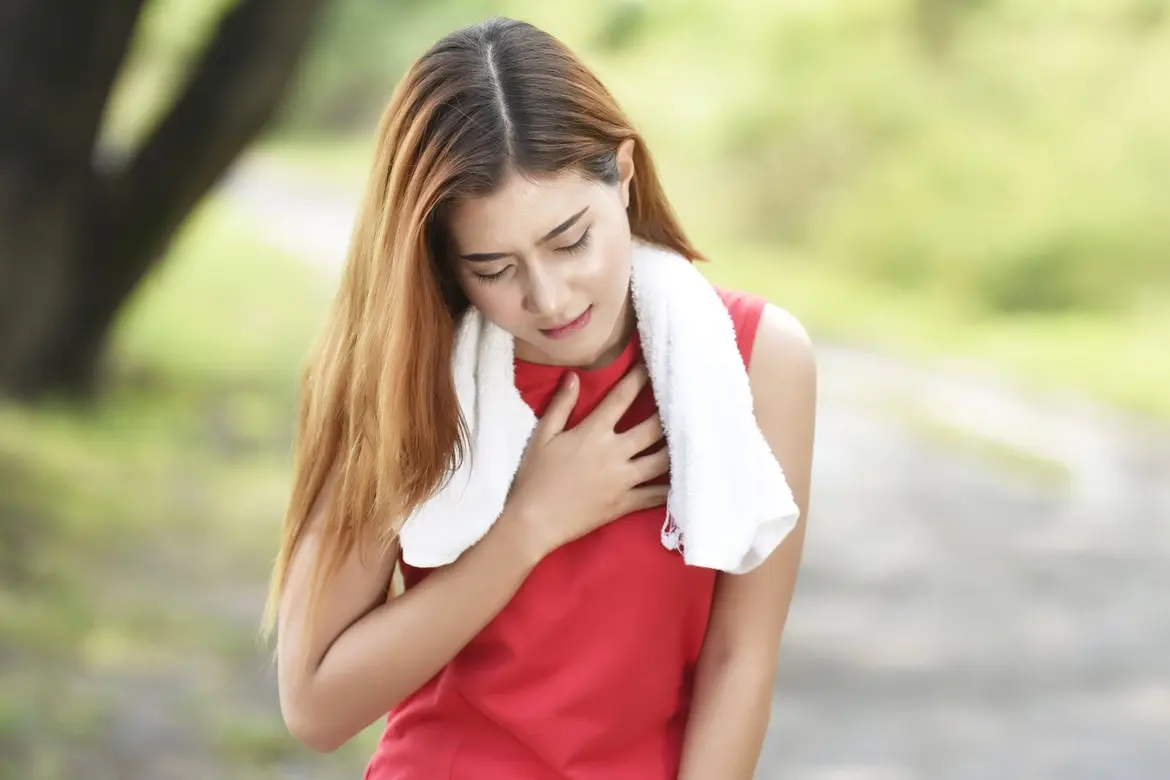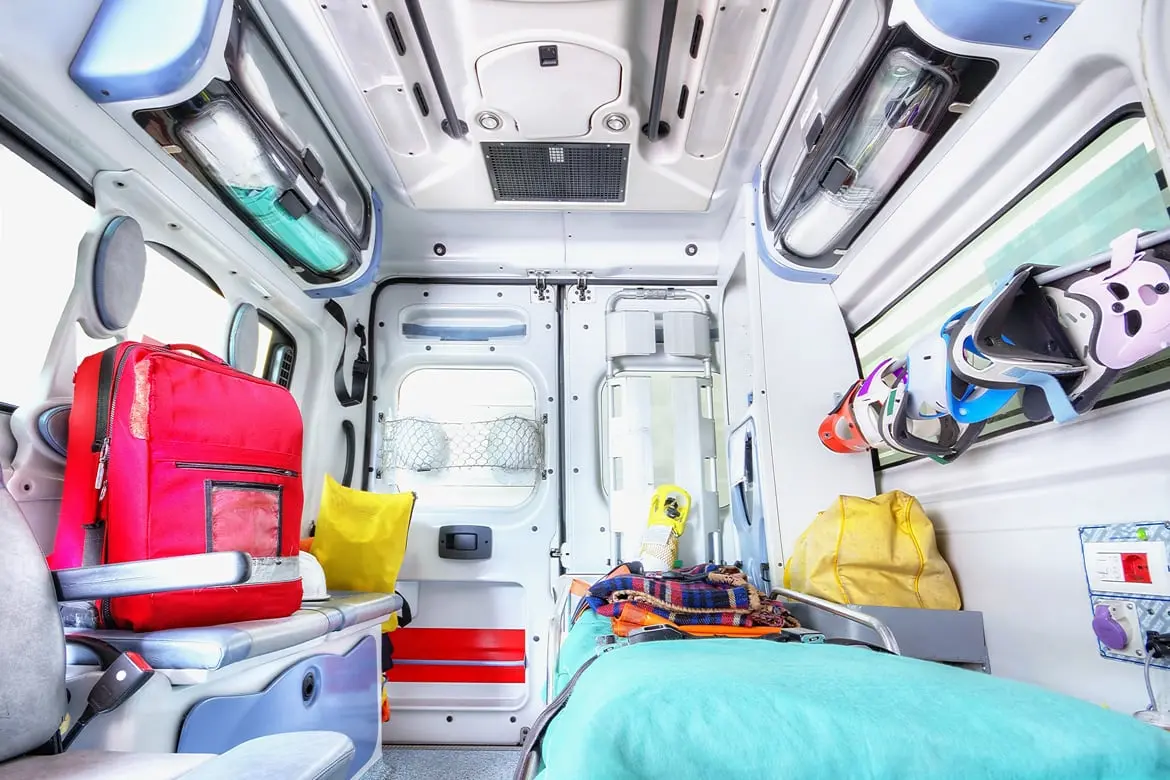-
-
Featured Care Areas


Source: Shutterstock
Treating Minor Burns and Scalds
Last updated: Monday, January 24, 2022 | 4 min reading time
While burn accidents are fairly common, it is important to know how to apply immediate first aid to ensure proper healing. Here are some of the best home remedies for treating minor burn injuries.
What is a burn?
A burn occurs when your skin comes into direct contact with or overexposure to any source of injury, damaging the skin tissue in the process.
Types of burn injuries and their symptoms
Burns can happen for different reasons and are commonly classified as follows:
Thermal burns
These burns are a result of exposure to intense heat sources such as hot objects, scalding liquids, steam, explosions and fire.
Radiation burns
Sunburn is one of the most common types of radiation burn. Other sources of radiation, such as X-rays or radiation therapy to treat cancer, can also cause the skin to burn.
Friction burns
Friction between the skin and a hard object causes the surface of the skin to rub off. Abrasions and carpet burns are common examples.
Chemical burns
Strong acids, caustic solvents or strong household detergents can cause the skin to burn upon contact. These are known as chemical burns.
Electrical burns
These burns are a result of exposure to an electrical current or a lightning strike.
Cold burns
Although it may seem an oxymoron, the cold can cause burns to the skin too. This is known as an "ice burn" or "frostbite", and it can cause the skin cells to die if the skin is left exposed to the cold for too long.
Severity of burn injuries
Burn injuries can be put into different categories according to their severity, with first-degree burns being least severe and fourth-degree burns being the most severe.
- First-degree: Minor burns, also known as first-degree burns, affect only the outer layer of the skin and are characterised by a mild painful burning sensation, redness and swelling.
- Second degree: These burns damage the deeper layers of the skin and are characterised by blisters and skin which appears shiny, wet and white in colour.
- Third degree: These burns affect all layers of the skin.
- Fourth degree: These burns go beyond the skin and can affect tendons and bones.
First aid treatment for burn injuries
First aid should be done as soon as possible upon receiving the burn injury. Third- and fourth-degree burns require immediate medical attention.
First- and second-degree burns on the other hand, are considered minor burns and can be treated at home, especially if they are no larger than 3 inches in diameter.
Treating minor burns at home
As first-degree burns are usually minor in nature, most of them can be treated at home. It is, however, important to know what to do to ensure proper healing and minimal pain.
1. Cool the burn.
Run cool water over the burnt area for at least 10 minutes to cool it down. If flowing water is not available, apply a cool compress to the area until the pain lessens.
2. Remove anything near the burnt area.
Remember to remove any jewellery or tight items around the burnt area as the pressure from the items can cause more pain when it starts to swell.
3. Apply a gentle moisturiser.
Next, apply a hydrating moisturiser over the burnt area to prevent it from drying. Aloe vera is a good moisturising agent that can help provide relief.
4. Cover the burn area.
Use a sterile gauze and apply loosely over the burn area. It is important to keep air off the burn and protect blistered skin. Do not put too much pressure on the skin as it can worsen the pain.
5. Take medications if needed.
If the burn is causing pain, take an over-the-counter pain reliever.
Tips to avoid when treating burns
Don’t apply ice
You may have been told in the past to apply ice, but don’t. Putting ice directly onto your burn can do more harm than good. Prolonged contact can cause frostbite and damage your skin. Stick to using a cool, clean compress to reduce the pain.
Don’t apply toothpaste
Using toothpaste as a burn treatment is another ineffective 'remedy’ that you should not follow. It was probably thought that the minty, cooling sensation that toothpaste has would soothe a burn. In reality, toothpaste can irritate the skin and make a burn more prone to infection.
Don’t apply home remedies
There are some myths and old wives’ tales passed down from generation to generation that involves applying butter, egg whites and even oil to treat burns.
Not only are these 'remedies’ unproven, they can actually introduce bacteria and unclean foreign substances to the burn area. Additionally, oil can trap heat and prevent your skin from cooling down. To reduce your risk of bacterial infection, avoid applying these products on your burn.
Don’t burst blisters
Blisters are your body’s natural way of protecting your skin layers against infection so leaving them alone is the best treatment for your burn. If your blister does break, make sure that you wash the site with water, then clean and apply an antibiotic cream to prevent it from getting infected.
When to go to UCC for your burn injury
Severe burns (third- and fourth-degree) can make the skin look leathery, or appear charred. You may notice patches of white, brown or black skin around the burn. A burn larger than 3 inches in diameter is also considered a severe burn. If the burn has any of these characteristics, or was due to sources like electricity and chemicals, seek immediate medical attention at the nearest Urgent Care Centre (UCC) or call for an ambulance.
During a medical emergency in Singapore, you can also call +65 6473 2222 for an ambulance that will transport you to the nearest hospital or a hospital of your choice. Learn more about Parkway Emergency services.
Burn Injuries: Types and Symptoms. Retrieved on 4/3/2020 from https://www.healthxchange.sg/medicine-first-aid/first-aid/burn-injuries-types-symptoms
Cafasso, J. (2019). Home Remedies for Burns. Retrieved on 21/12/2019 from https://www.healthline.com/health/home-remedies-for-burns#see-a-doctor
Cafasso, J. (2019). Home Remedies for Burns. Retrieved on 25/2/2020 from https://www.healthline.com/health/home-remedies-for-burns#best-remedies
Frothingham, S. (2019). 4th Degree Burns: What You Need to Know. Retrieved on 25/2/2020 from https://www.healthline.com/health/4th-degree-burn
Frothingham, S. (2019). Performing First Aid for Burns. Retrieved on 21/12/2019 from https://www.healthline.com/health/first-aid-with-burns#minor-burn-treatment
Lawrence, S. First Aid Myths: Ignore These Summer 'Cures'. Retrieved on 21/12/2019 from https://www.webmd.com/a-to-z-guides/features/first-aid-myths-ignore-summer-cures#1
Mayo Clinic Staff (2018). Burns: First aid. Retrieved on 21/12/2019 from https://www.mayoclinic.org/first-aid/first-aid-burns/basics/art-20056649
WebMD. What Are the Types and Degrees of Burns. Retrieved on 4/3/2020 from https://www.webmd.com/first-aid/types-degrees-burns#1
Cafasso, J. (2019). Home Remedies for Burns. Retrieved on 21/12/2019 from https://www.healthline.com/health/home-remedies-for-burns#see-a-doctor
Cafasso, J. (2019). Home Remedies for Burns. Retrieved on 25/2/2020 from https://www.healthline.com/health/home-remedies-for-burns#best-remedies
Frothingham, S. (2019). 4th Degree Burns: What You Need to Know. Retrieved on 25/2/2020 from https://www.healthline.com/health/4th-degree-burn
Frothingham, S. (2019). Performing First Aid for Burns. Retrieved on 21/12/2019 from https://www.healthline.com/health/first-aid-with-burns#minor-burn-treatment
Lawrence, S. First Aid Myths: Ignore These Summer 'Cures'. Retrieved on 21/12/2019 from https://www.webmd.com/a-to-z-guides/features/first-aid-myths-ignore-summer-cures#1
Mayo Clinic Staff (2018). Burns: First aid. Retrieved on 21/12/2019 from https://www.mayoclinic.org/first-aid/first-aid-burns/basics/art-20056649
WebMD. What Are the Types and Degrees of Burns. Retrieved on 4/3/2020 from https://www.webmd.com/first-aid/types-degrees-burns#1
